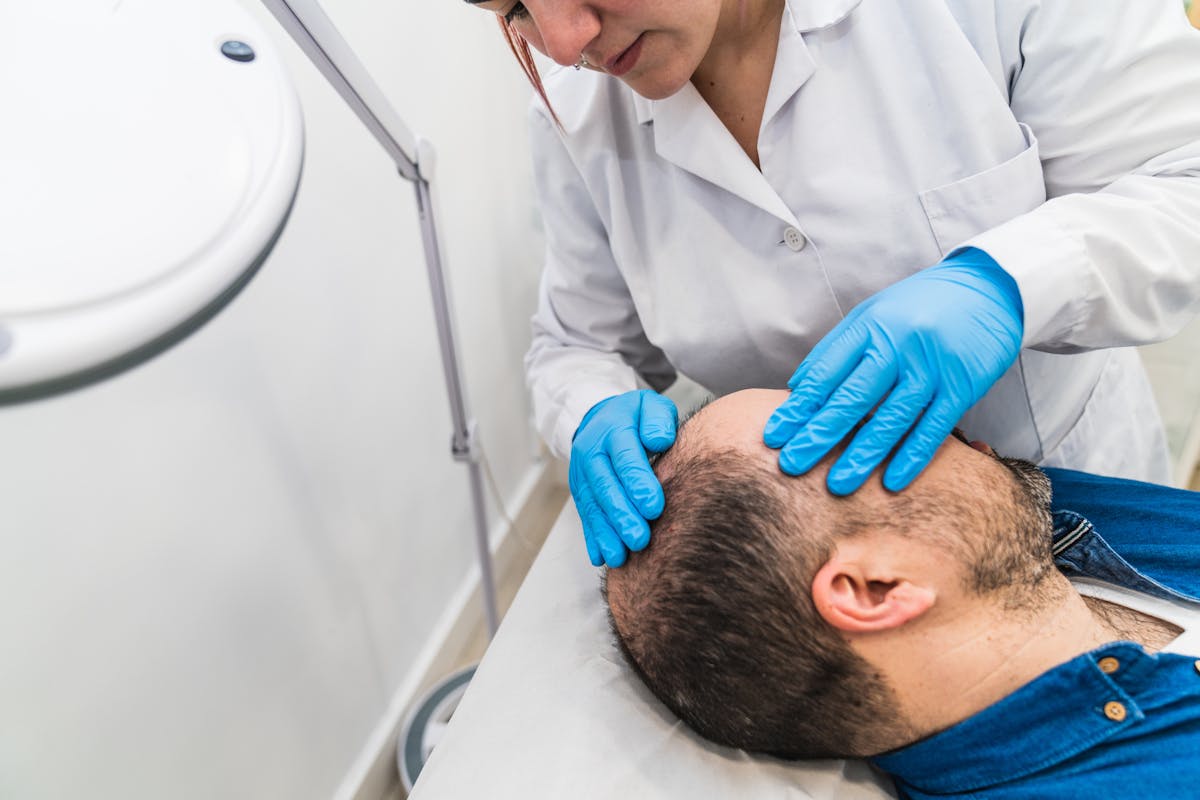Scientists Discover New Potential Treatment for Male Pattern Baldness
The finding comes after eight years of exploring how this deoxy sugar could assist with wound healing.

In promising news for nearly half of the world’s male population, researchers have identified a naturally occurring sugar in humans and animals that could be developed into a topical treatment for male pattern baldness.
The breakthrough has the potential to offer a non-invasive, cost-effective, and safer alternative to the widely used treatment, minoxidil, according to a report by New Atlas.
An international research team from the University of Sheffield in the UK and COMSATS University Pakistan has discovered that the organic compound 2-deoxy-D-ribose can stimulate new hair growth.
The finding comes after eight years of exploring how this deoxy sugar could assist with wound healing. The discovery was accidental, occurring when scientists noticed accelerated hair growth around wound patches compared to untreated areas. They hypothesized that the compound was directly impacting weakened hair follicles.
“Male pattern baldness is such a common condition, affecting men all over the world, but at the moment there are only two FDA-licensed drugs to treat it,” a professor at the University of Sheffield, Sheila MacNeil, said, according to New Atlas. “Our research suggests that the answer to treating hair loss might be as simple as using a naturally occurring deoxy ribose sugar to boost the blood supply to the hair follicles to encourage hair growth.”
The study involved administering the respective treatments to the mice daily for 20 days. The researchers then analyzed the skin sections to measure hair length, diameter, follicle density and width, hair growth (anagen) and rest (telogen) phases, melanin coverage of hair bulbs, and blood vessel growth.
After 21 days, the mice treated with the sustained-release sodium alginate-based 2dDR-SA gel exhibited hair regrowth similar to the minoxidil-treated group. Notably, the 2dDR-SA gel resulted in a slightly higher number of blood vessels and an increase in hair follicle length and density, comparable to the results seen with minoxidil.

